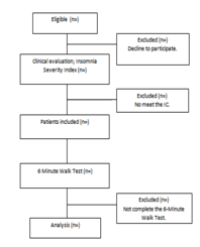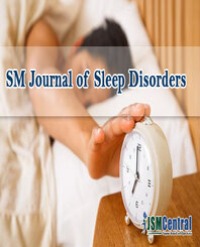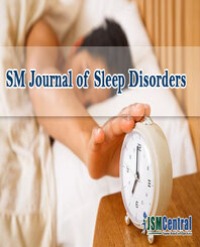
Cross-Sectional Observational Study of the Influence of Insomnia on the Functional Capacity of Patients Assisted in the Basic Health Units of Divinopolis, Brazil - A Protocol Study
Insomnia is seen as one of the most common sleep disorders, characterized by difficulty in initiating and / or maintaining sleep and by daytime symptoms that impair the occupational functioning, interfering in the daily activities of the individuals, and may even cause physical incapacity. Therefore, the need to evaluate such repercussions becomes important in the search for further clarification on the subject, and the 6-Minute Walk Test (TC6M) is a good evaluation tool. The study will aim to evaluate the functional capacity in adult patients with insomnia assisted in Basic Health Units (BHU) of Divinópolis. The study will be cross-sectional observational, carried out with a consecutive and convenience sample, recruited from BHU in the city of Divinópolis, being approved by the Ethics Committee in Research with Human Beings of the university, protocol number 1,475,521/2016. All patients will be submitted to the 6MWT after being clinically evaluated and responding to the Insomnia Severity Index, requiring the presence of insomnia to perform the same. The 6MWT is a good alternative in the evaluation of functional capacity because it is easy to apply and low cost.
Graziela Virgínia Rodrigues1 , Fernanda Carolina Lage Mendes1 , Bruna Évelin Resende Silva Batista1 , Yves Raphael de Souza2 and Newton Santos de Faria Júnior3*


